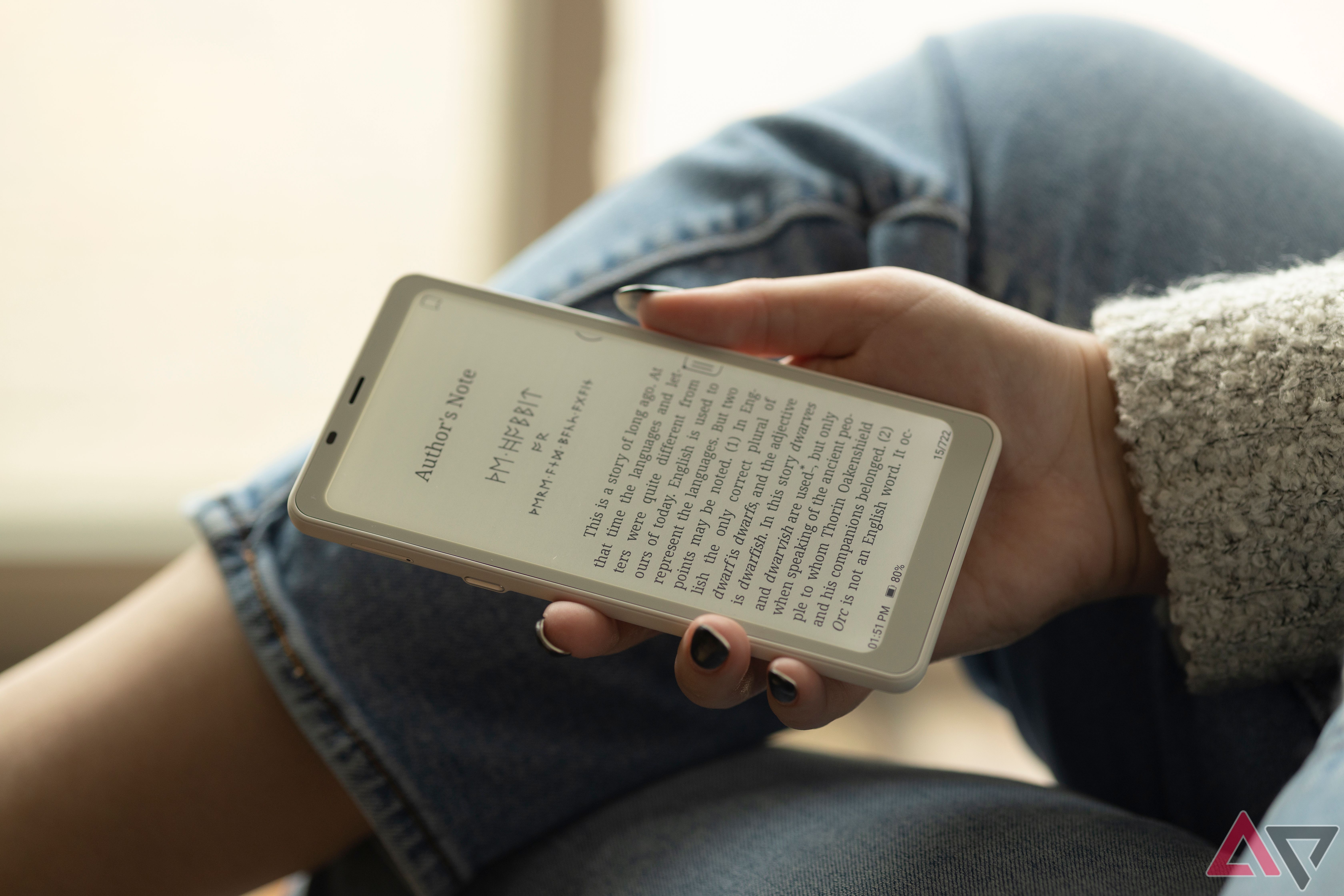I wish more e-reader companies offered easy repairability

Even though smartphone makers like Apple, Samsung, and Google are making multiple new phone models every year (and offering every incentive to entice you to upgrade), they are beginning to come around to the fact that smartphones shouldn’t be treated as disposable goods (although if you need a great budget phone, we’ve got you covered). Just because your screen breaks or your speakers die, shouldn’t mean that your phone is trash, and the nearly $4 billion spent in the US this year on smartphone repairs testifies to the fact that lots of people feel this way.
One type of device that has been lagging behind phones and computers when it comes to repairability is e-readers. Yes, you can repair your broken Kindle, and there are lots of guides out there on how to do it, but until Kobo partnered up with iFixit to make first-party repair parts available to owners for its latest e-readers, no OEM had gone out of its way to help owners fix their old and broken devices, and that needs to change.

Best Kobo e-readers in 2024
From the sophisticated Sage to the economical Clara, Kobo has every reader covered
Why we need more repairability
The modern repair scene has its roots in DIY subculture, which has been around in the US since at least the early 20th century when magazines like Popular Mechanics were first published. The ethos of DIY has been a persistent undercurrent in American culture since then, jumping from analog media and word of mouth to the internet, where it flourishes like never before. But why do people cling to their old devices when faster, more powerful equipment is readily available? Everyone has their own reasons, but it can be boiled down to practical, altruistic, and emotional reasons.
The practical benefits of repairing your devices
It’s almost always cheaper to fix your stuff than to buy new stuff. Replacing the screen on a Pixel 7 will cost you $150 for the parts, whereas buying a new one will cost around $300 on eBay. The same pattern holds for modern e-readers as well. A screen replacement for the fourth-generation Kindle Paperwhite will cost you around $25, but buying one on eBay will cost you over $50, and buying the latest Paperwhite will cost you over $100.
Here at Android Police, we like splurging on new technology as much as the next website, but there’s no point in spending money when you don’t have to. This is particularly true among e-readers, where the performance increases from one generation to another aren’t spectacular, and all you want is to just read your books.
The altruistic benefits of repairing your devices
Around the world, over 60 million tons of e-waste was produced in 2022. Despite the fact that e-waste contains lots of valuable metals that can be recovered, less than 25% of e-waste is recycled. The rest ends up in landfills, contributing to a growing environmental problem. E-waste can leach chemicals into the ground or release them into the air. By replacing the broken parts on your phone or e-reader, you’re minimizing your e-waste footprint.
The emotional benefits of repairing your devices
People fall in love with their stuff. It’s not uncommon to develop an emotional attachment to your devices. The smartphone is the way many people stay connected with their family, friends, and the world, so it’s no shock that people can form a sort of bond with it.
The same phenomenon also happens with e-reader owners, perhaps to an even greater degree. Reading allows one to explore challenging ideas or traverse imaginary worlds, and it’s very common for readers to imbue their books with an emotional importance beyond their material value. Though the effect is not as strong, research has shown that many readers attach the same importance to their e-reader as they would to a physical book.
Having developed a relationship with their device, owners are more inclined to repair the broken device that brought them pleasure rather than chasing the newest trend or latest technology. This is where I find myself with my Kobo Libra 2 after reading Joe Abercrombie’s First Law trilogy and Glen Cook’s first Black Company trilogy. It’s my go-to device for reading fantasy, and if it broke my first instinct would be to fix it, not find another one.

Kobo Libra Colour review: A new e-reader era in full bloom
Color is a cool feature, even if all you do is highlight text
Aim for the heart
Kobo’s move to make its newest e-readers easier to repair is going to solidify its place in the market, not by appealing to consumers’ wallets or sense of moral obligation to the planet, but by allowing them to keep the devices that bring joy to their lives. Kobo may not be maximizing its profits for the next quarter by allowing consumers to fix their broken e-readers, but it’s ensuring that when it comes time to buy another one, Kobo may be the first place they look. Amazon and Nook should be taking notes. And if you want a good e-book management program, make sure to take note of Calibre.








